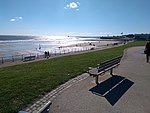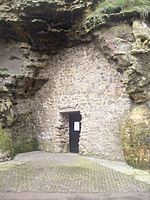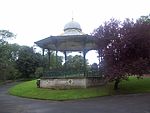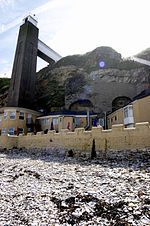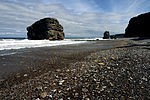Whitburn, Tyne and Wear
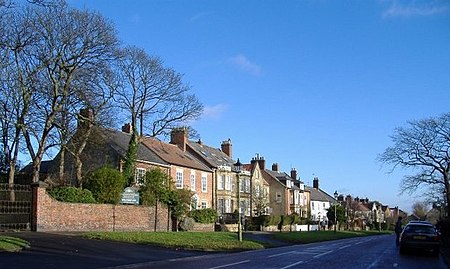
Whitburn is a village in South Tyneside in the metropolitan county of Tyne and Wear on the coast of North East England. It is located 3 miles (4.8 km) north of the city of Sunderland and 4 miles (6.4 km) south of the town of South Shields. Historically, Whitburn was a part of County Durham. Other nearby population centres include Seaburn, Cleadon and Marsden. The village lies on a south-facing slope, part of Durham's Magnesian Limestone plateau, which overlooks Sunderland. The population for the combined Whitburn and Marsden Ward in the 2011 UK Census was 7,448. For much of its history, Whitburn was a fishing and agricultural community. The village contains three schools, three churches, cricket club, recreational grounds, a pub and a variety of shops.
Excerpt from the Wikipedia article Whitburn, Tyne and Wear (License: CC BY-SA 3.0, Authors, Images).Whitburn, Tyne and Wear
Bowman Street, South Tyneside
Geographical coordinates (GPS) Address Website Nearby Places Show on map
Geographical coordinates (GPS)
| Latitude | Longitude |
|---|---|
| N 54.952 ° | E -1.365 ° |
Address
Whitburn Library
Bowman Street
SR6 7EW South Tyneside
England, United Kingdom
Open on Google Maps

